There’s an amusing anecdote regarding how I learned of the Wazir Khan Mosque.
I was sitting in front of the Lahore Fort, one of the primary tourist spots of Lahore, Pakistan. To my surprise, an older man came to sit next to me, trying to preach about Jesus. After telling him where I was from, he decided to invite me to his apartment in the labyrinthine old city for some delicious raita, chapatti, and curry (curiously, only the men in the family were allowed to eat, but the women helped serve the food):
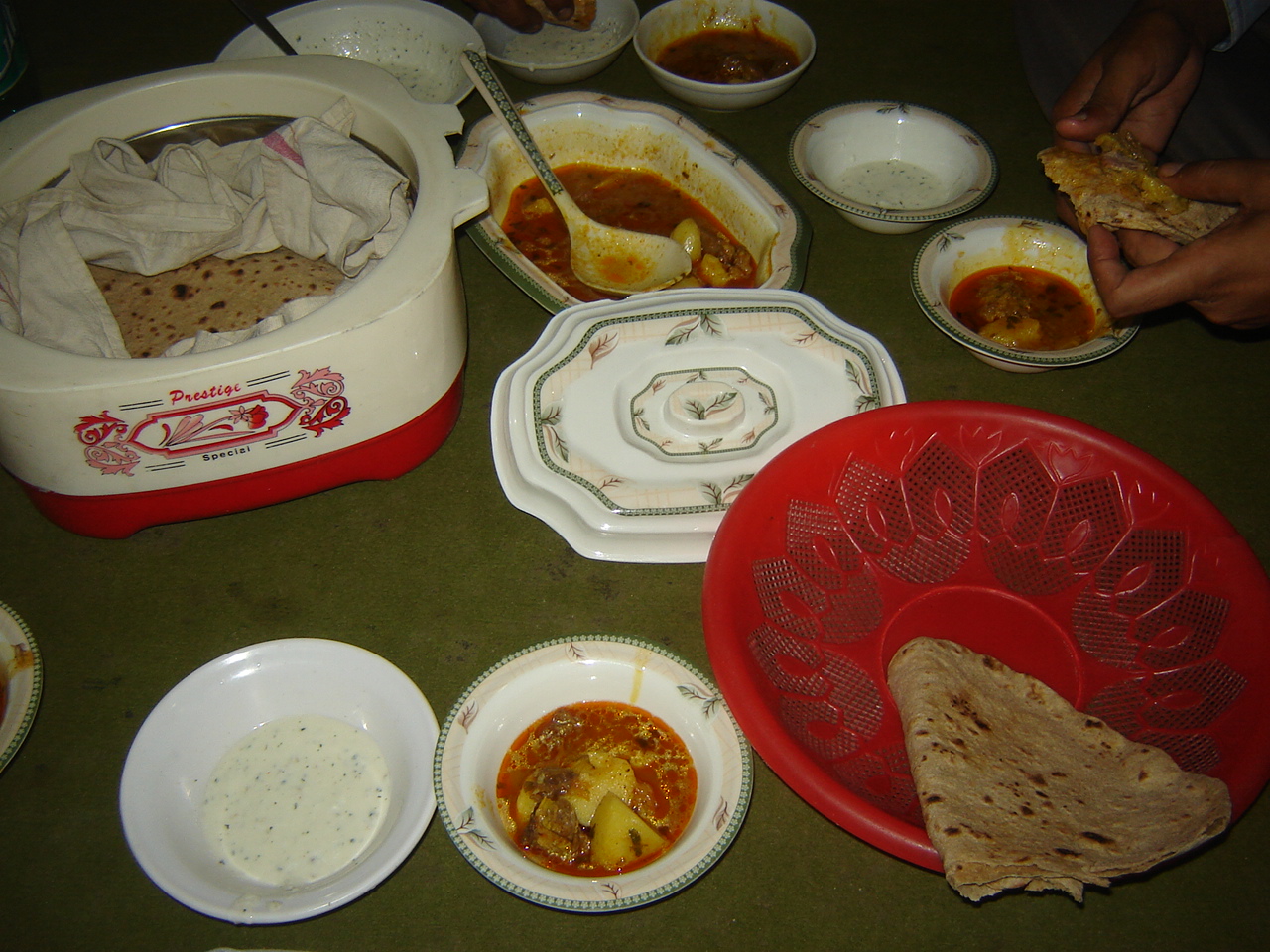
We chatted for a couple of hours, during which point he mentioned the Wazir Khan Masjid (Mosque) as worthy of a visit. By then it was nighttime, so I thanked him, and made my plan for the following day.
After an embarrassing attempt at playing cricket with some local youth, as well as an excellent glass of ginger, lime, and sugar cane juice, I finally located the Wazir Khan Mosque.
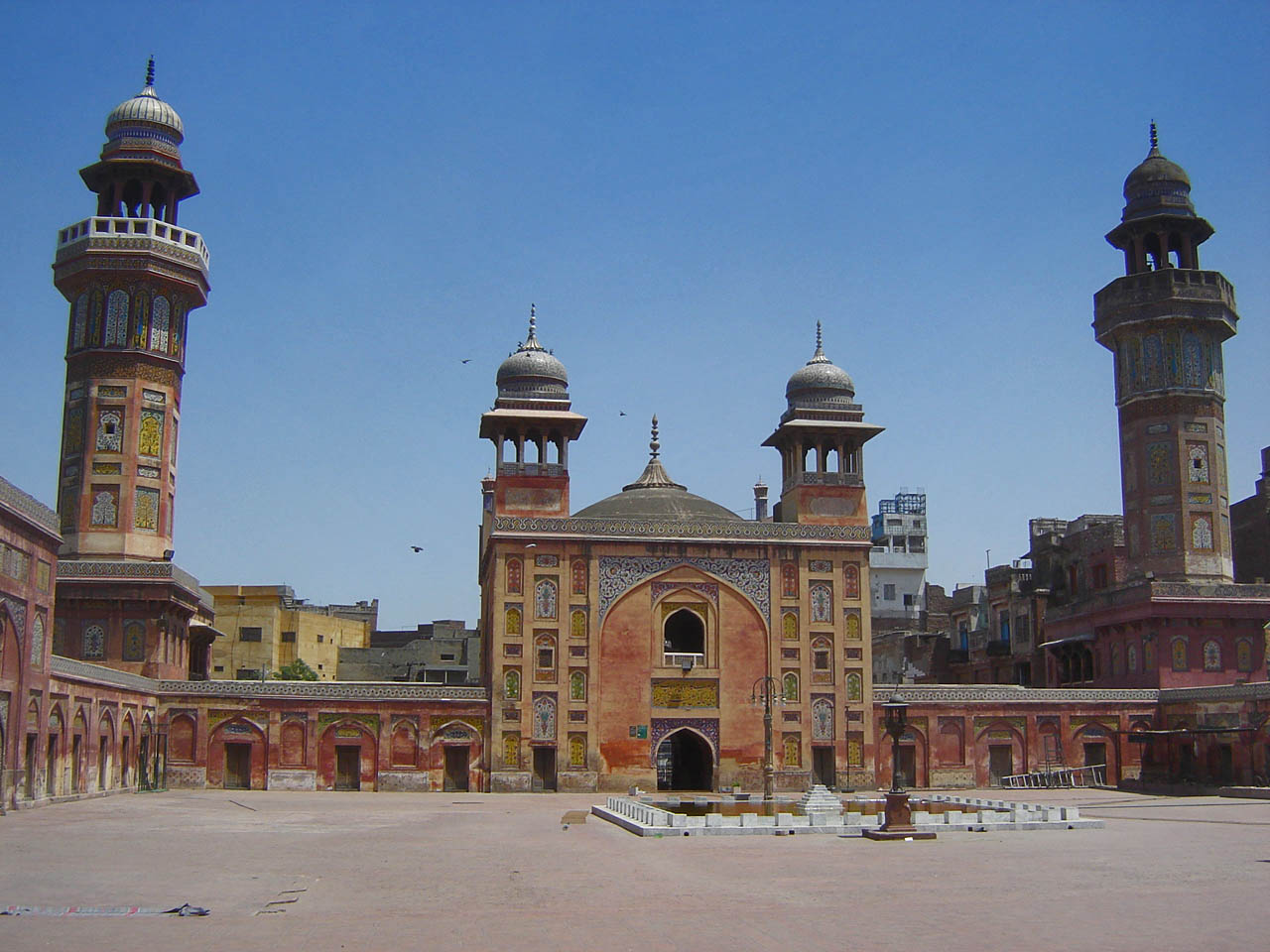
Construction of the Wazir Khan Mosque took place between 1634 and 1641, and was headed by Hakim Ilmud Din Ansari, a government physician upon whom the title Wazir (minister) Khan was bestowed. Though the structure is the best-preserved example of Mughal architecture at a mosque, it was built during the reign of Shah Jahan, the Mughal Emperor who had the Taj Mahal mausoleum created for his wife.
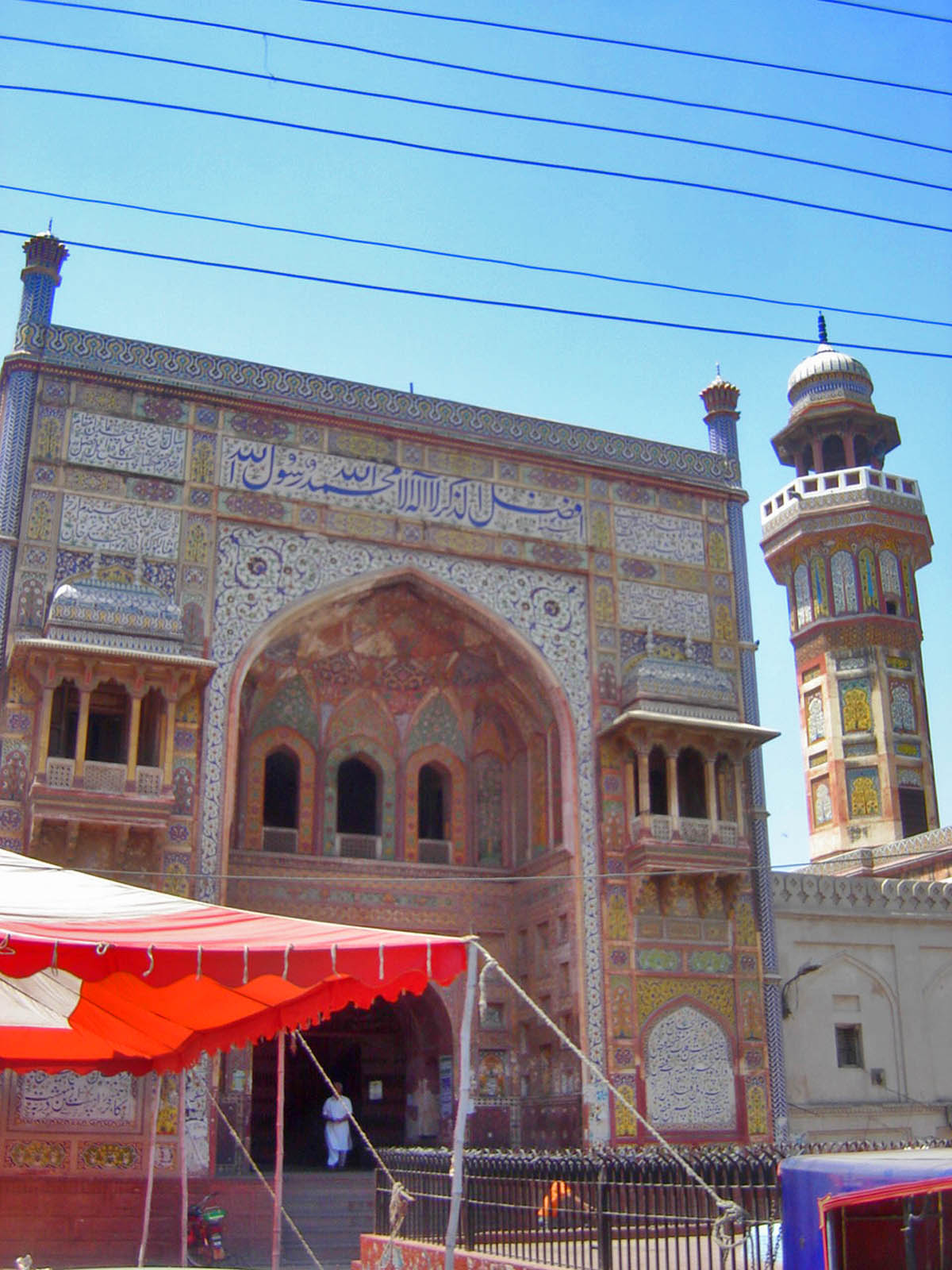
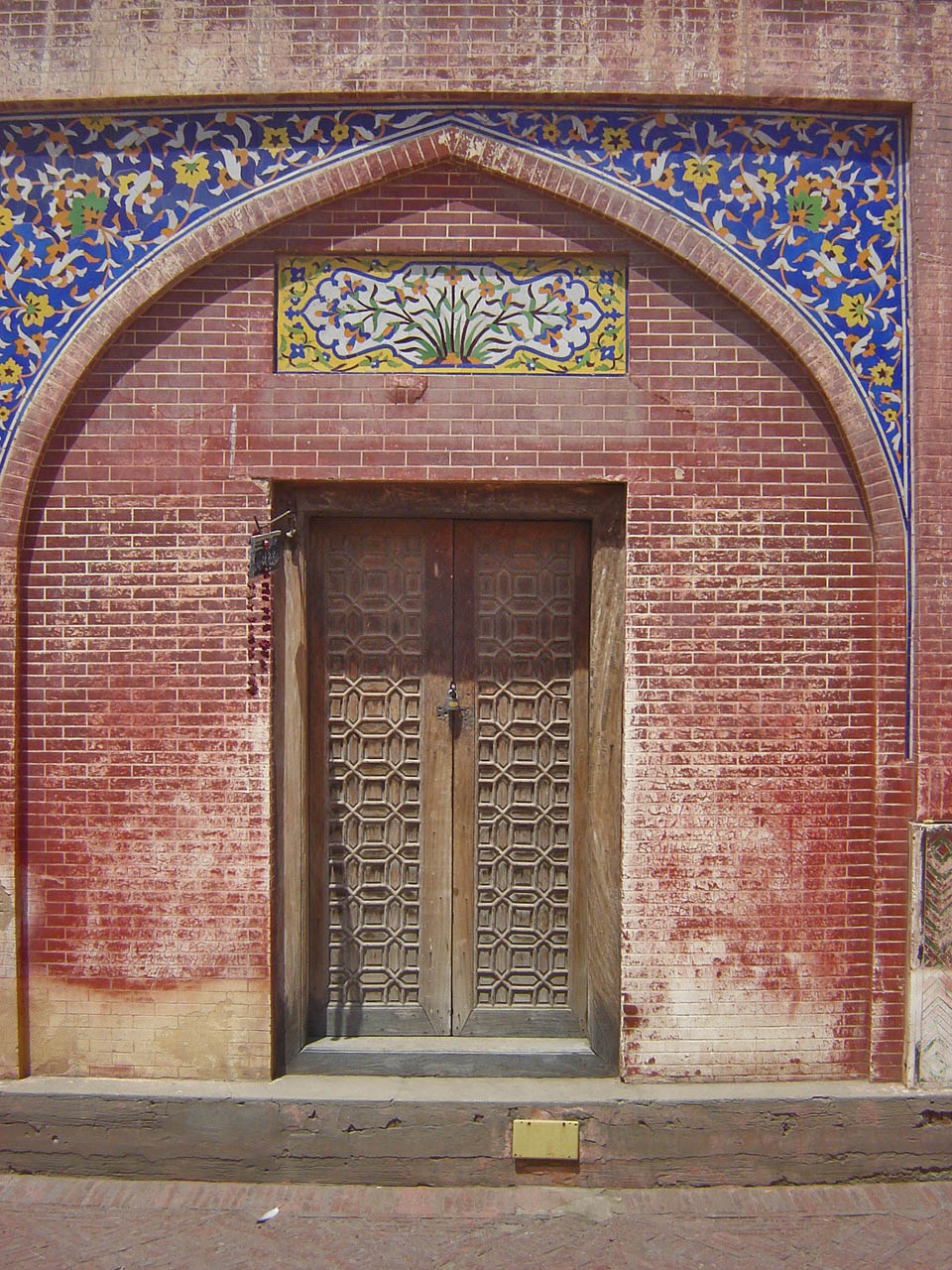
The Wazir Khan Mosque was built surrounding the site of the tomb of a Persian Sufi mystic named Miran Badshah who had come to Lahore in the 13th century.
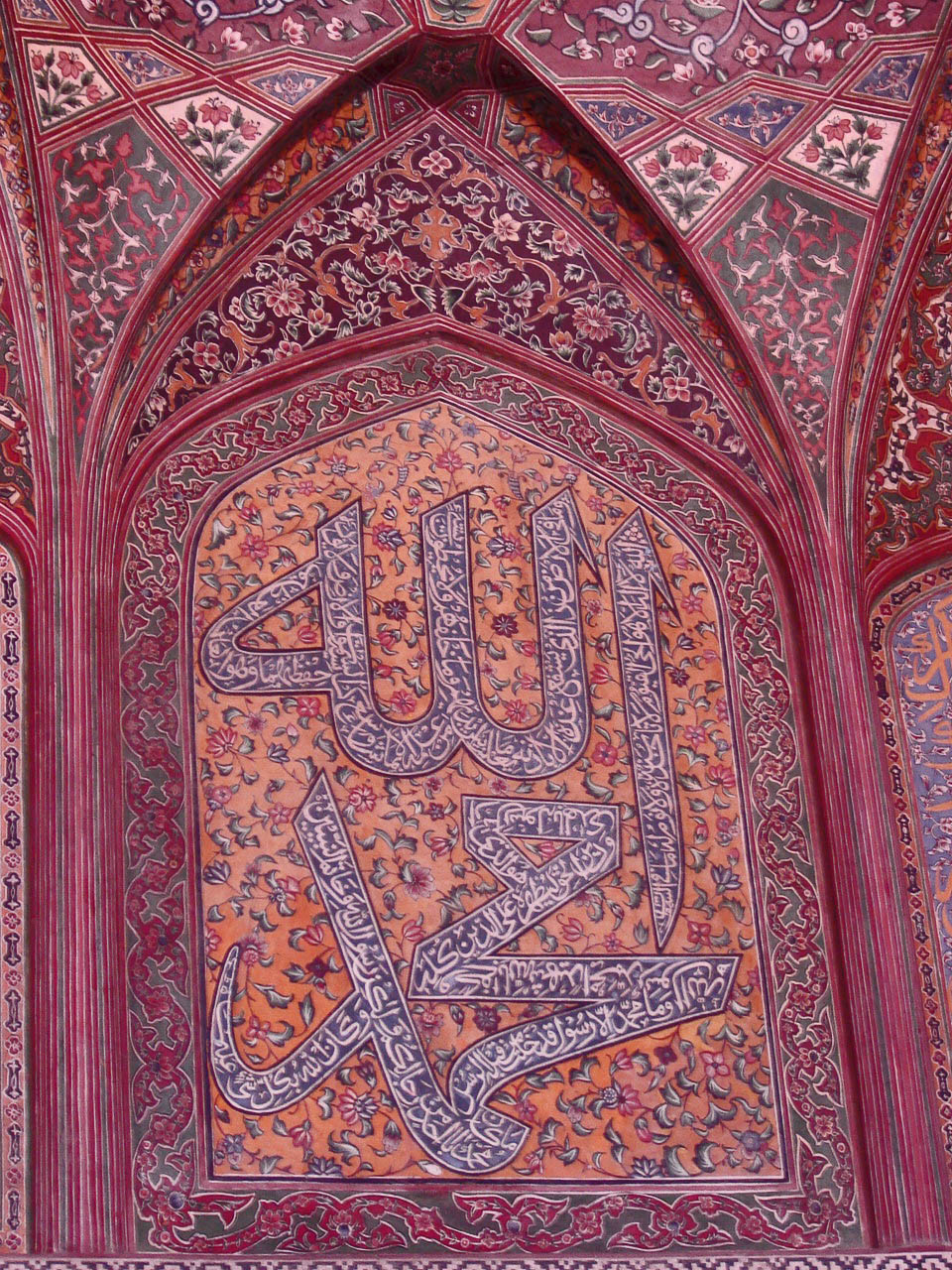
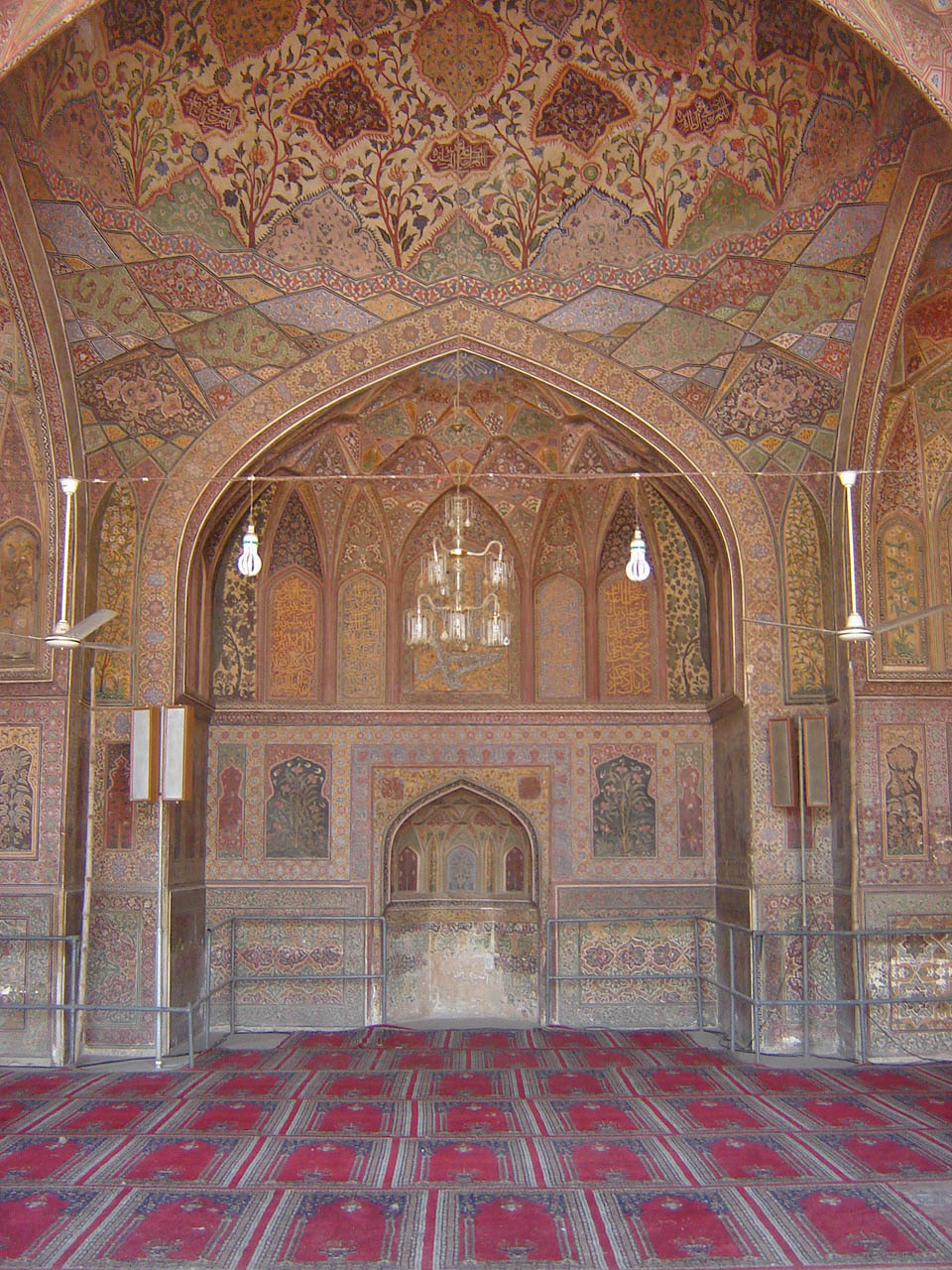
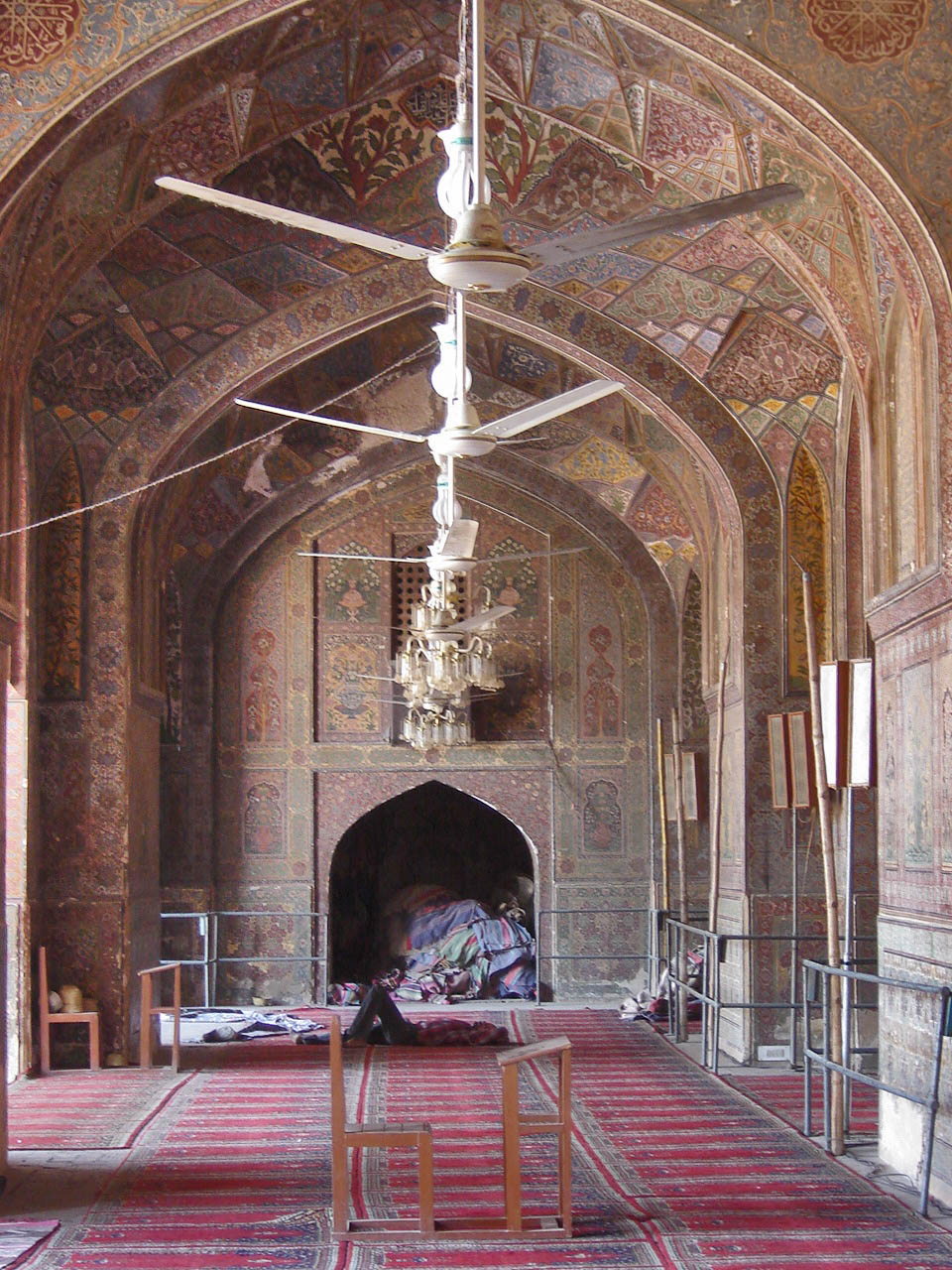
Since the mosque was constructed for imperial Friday prayers for rulers walking from the Lahore Fort, its walls and minarets were ornately designed with frescoes, plaster, tile mosaics, and Persian calligraphy quoting the Quran. It also came with its own pay-to-enter hammam, or bathhouse, as well as a row of shops, called the Calligrapher’s Bazaar.
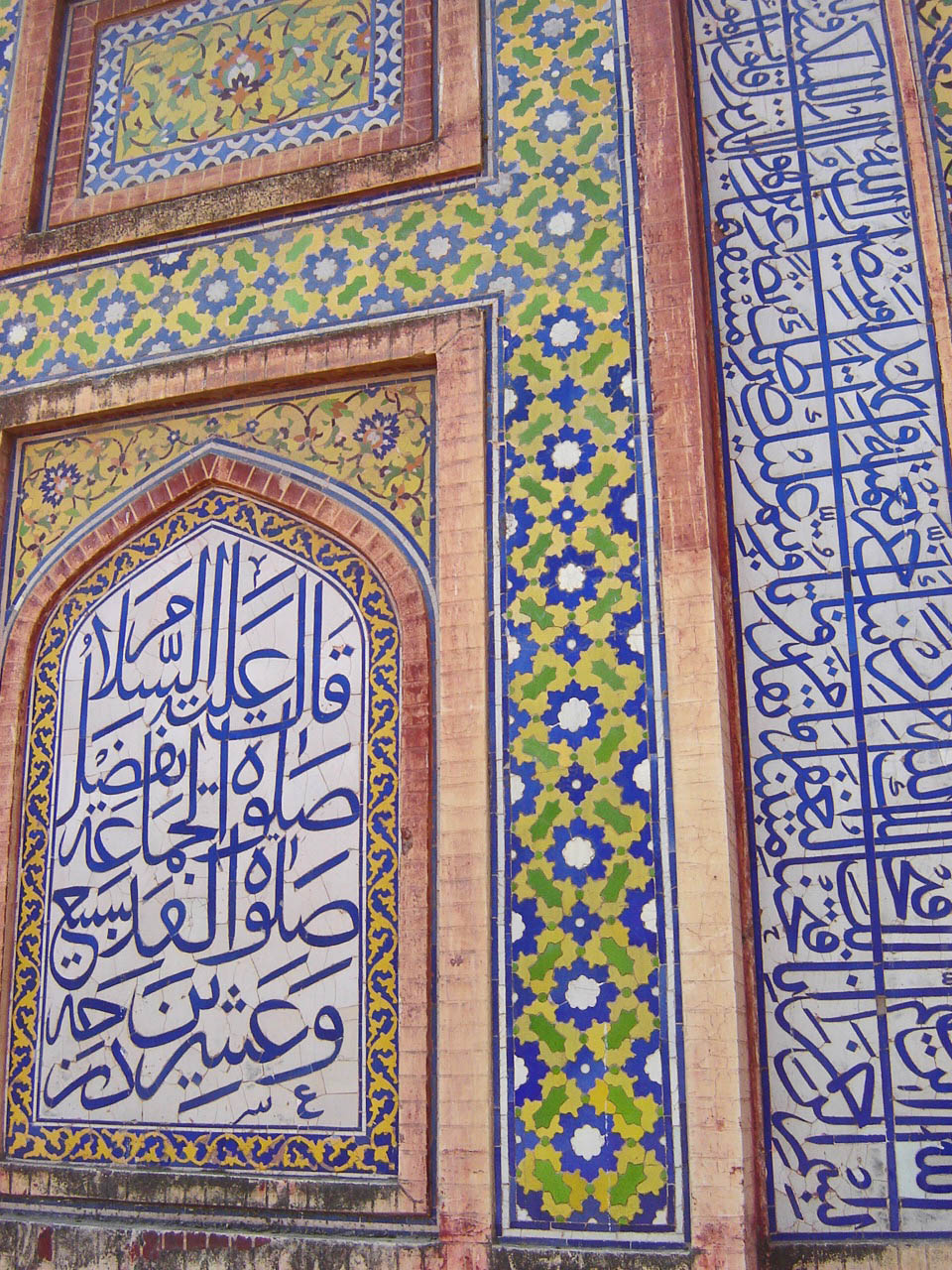
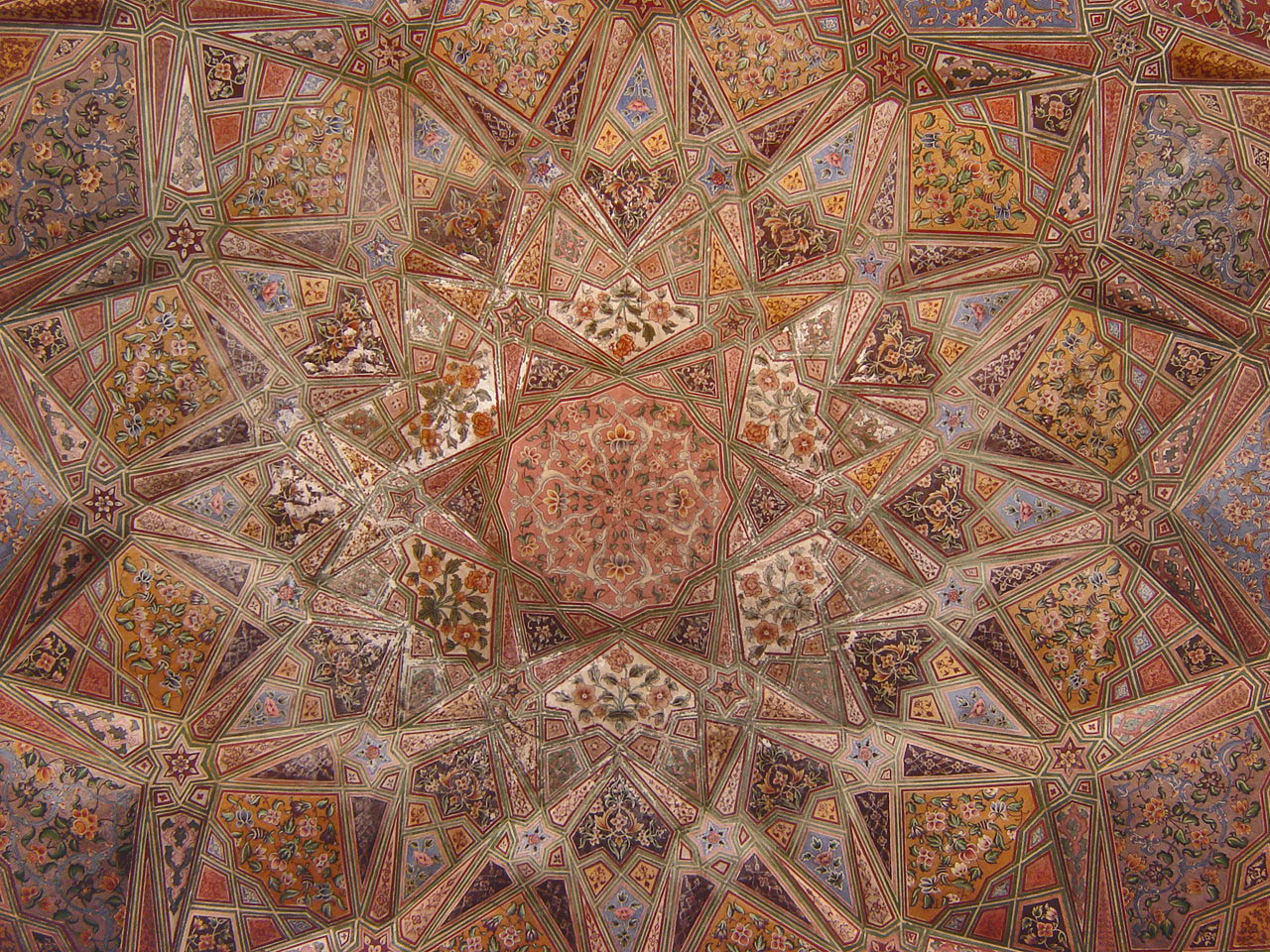
The Wazir Khan Mosque is a must-see in Pakistan — or rather, the entire Islamic world — if unique architecture, history and design appeal to you.

Quite a surprising story. Prior to partition, Lahore was one of the most multicultural cities in the Subcontinent, with 50% of its population Sikh. Since partition, it’s over 97% Muslim . . . and not at all by accident.